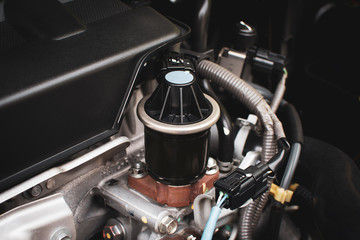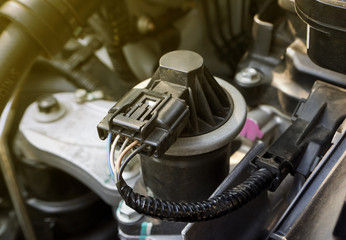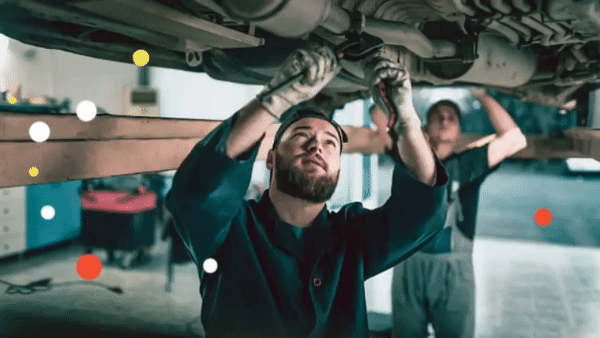What is EGR? How Does Carbon Effect it?
- dashielljohn90
- Mar 5, 2021
- 3 min read

EGR (Exhaust Gas Recirculation) is a system of controlling vehicle emissions. It is a technique of reducing Nitrogen oxide from the fuel engine. As the name implies, the system follows a technique of recirculating controllable engine exhaust back into the air intake. Nitrogen oxides form as a result of combustion in the vehicle, and at high temperature, their production boosts up. Oxides of the nitrogen emitted from vehicles are highly dangerous for human health. It reacts with atmospheric chemicals to form soot. Soot is the culprit that causes stroke, ischemic heart disease, lung cancer, and lower respiratory infections. NOx is also very hazardous for agriculture and the ecosystem. The likely solution of removing carbon is through an engine carbon clean up. So, it is highly significant to culminate their production.
How do EGR works?
EGR works by returning a small amount of exhaust gas produced back to the engine combustion chambers through the air intake. The purpose of reintroducing exhaust gas through the air intake is to mix it with fresh air. It reduces the combustion temperature and therefore decreases the emission of nitrogen oxide. The significant parts of EGR contain:
1- EGR Valve:
The EGR valve is the most significant part of the EGR system. The process of reintroducing exhaust gas back to the combustion chamber is carried out by the EGR valve. The diluted mixture of gasses that has less oxygen makes the elements less reactive. The burning process also slows down, decreasing the temperature, thus reducing the production of NOx. EGR closes when the vehicle is just starting, but as it gets started and gains some speed at starts opening. As it opens, it returns the exhaust gas to the combustion chamber. At idle, the EGR valve slightly opens and may go up to its maximum capacity. But, EGR remains close at full acceleration to allow more oxygen to enter the cylinder. The parts of the EGR valve includes the valve, actuator, valve body, position sensor, and outer case.
2- EGR Cooler:
Some EGR systems have an EGR cooler but not all. It decreases the temperature of exhaust gasses that are recirculated to the engine’s combustion chamber.

3- EGR cooler bypass:
It is also an optional component that comes with an EGR cooler. A cooler bypass is a junction responsible for channelling the exhaust gases past the EGR cooler.
4- Intake Throttle Valve:
The air intake throttle valve is responsible to control the amount of air entering the engine.
How Does Carbon Affect EGR?
The Carbon reacts with the oxygen inside the combustion chamber to form CO2. The combustion gas largely constitutes Nitrogen, water vapours and carbon dioxide. They are fairly less toxic although, Carbon dioxide is a greenhouse gas. Under the process of EGR, it is observed that the emission of carbon monoxide has increased readily. Carbon mono oxide is an odourless, colourless, tasteless, and toxic gas. Carbon monoxide generally results from unburnt fuel and nitrogen oxides during combustion in high temperatures. The increase in the EGR rate reduces the amount of oxygen in the combustion chamber. As a result, it produces a greater amount of Carbon monoxide and THC(tetrahydrocannabinol). Carbon monoxide forms when there is not enough oxygen to form carbon dioxide. Carbon monoxide is dangerous for human health. It can cause impaired vision, angina, and a reduction in brain functioning. Therefore, it is significant to reduce the presence of carbon in the engine and exhaust system. The possible solution of removing carbon is through an engine carbon clean up. In this way, the system of controlling NOx will remain consistent without leading the production of carbon monoxide.





Comments